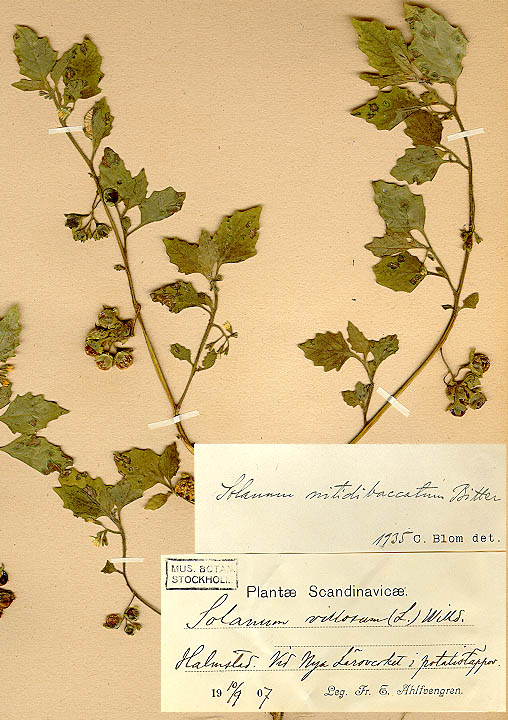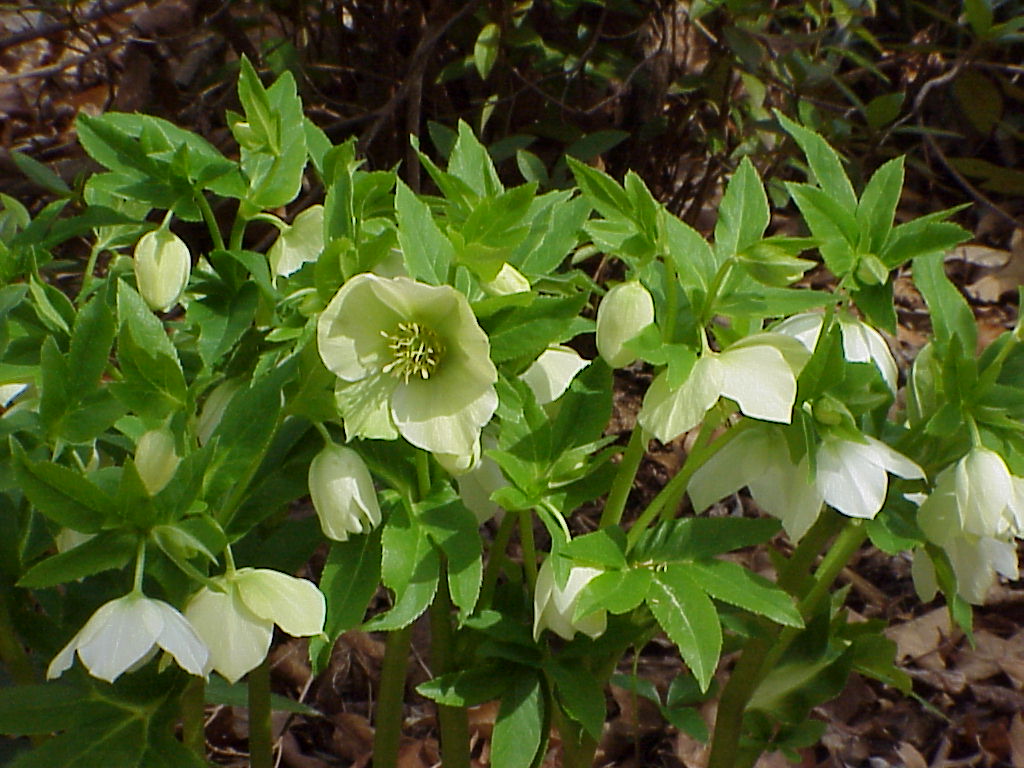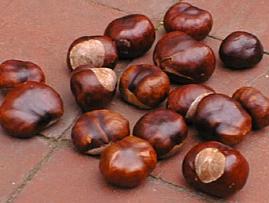
|
Hairy nightshade (Solanum physalifolium). This plant has
mottled green and white fruits which should be treated as
poisonous. It is increasingly found in vegetable gardens,
mainly in the Bay of Plenty, but is spreading elsewhere.

Back to Top
|

|
Hellebores (Helleborus species). These plants are often
grown close to houses and all parts are very poisonous.

Back to Top
|

|
Hemlock (Conium maculatum). One of our most poisonous
plants; all parts should be avoided, especially young plants
and seeds. The unpleasant smell and purple markings on the
stem easily distinguish this from parsley.

Back to Top
|

|
Holly or English holly (Ilex aquifolium). The scarlet
berries should not be eaten because, like most parts of the
tree, they are poisonous. This well-known tree is mainly
grown in colder areas south of the Waikato.

Back to Top
|

|
Horse chestnuts (Aesculus species). The seeds, commonly
called conkers, are mildly poisonous. These should not be
confused with the edible, but unrelated, sweet chestnut. It
is mainly grown in colder areas south of the Waikato.

Back to Top
|
|
|
|
|
|
|
|
|
|
|
|
|
|
|
|